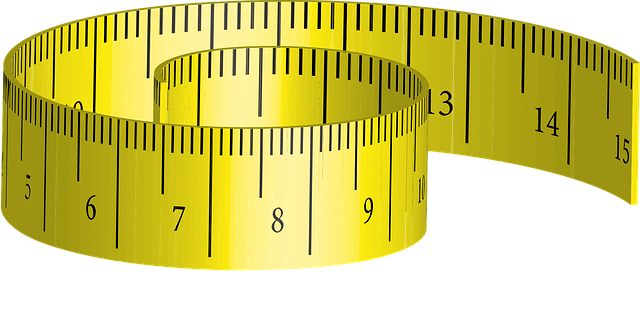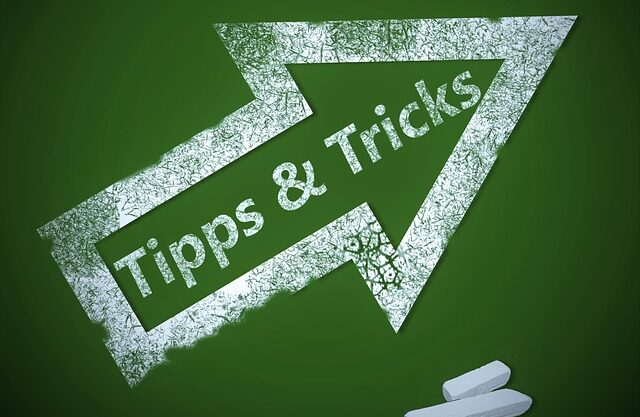Let me guess, you've got a brilliant idea, a wealth of knowledge to share, and you're ready to connect with an eager audience from all corners of the globe.
You're thinking about jumping into the world of webinars, aren't you? I bet you're buzzing with excitement — and maybe just a smidge of apprehension.
But here comes the tricky part — you're stuck pondering over one crucial detail: "How long should a webinar be?"
It seems like such a small thing compared to all the other elements you need to juggle — content creation, technical setup, promotion. Still, it's a question that can significantly impact the success of your webinar.
In this post, we're going to unravel the mystery surrounding webinar lengths. We'll explore various factors that influence how long your webinar should be, the ideal lengths for different webinar formats, and tips to perfectly time your presentation.
So, sit back, and let's navigate this important aspect of your webinar planning journey together. Let's dive in, shall we?
Disclosure: Although I receive affiliate compensation at no additional cost to you to support this site that compensation in no way influences my recommendations, which are strictly informed by my 10+ years of online business experience consulting for clients large and small. My aim is to always recommend tools that offer the best return for your investment (for more details, read my Affiliate Disclosure).
What's a Webinar and Why Should You Care?
Webinars are more than just online presentations — they're interactive, dynamic, and engaging. Picture a live seminar, but instead of being in a physical location, you're on the web — hence the catchy name, webinar.
The speaker or speakers present their material, sure, but the beauty lies in the interaction. The audience isn't just passive listeners — they can ask questions, respond to polls, and actively participate in the discussion.
But why should you care about webinars? There are three key reasons:
Building Relationships: Webinars allow you to interact directly with your audience, creating a personal connection that's hard to achieve through written content. You're not just a name on a screen; you're a real, live person sharing valuable insights.
Showcasing Expertise: Hosting a webinar lets you showcase your knowledge and establish yourself as an authority in your field. It's an opportunity to share your unique insights and experiences, proving that you know your stuff.
Generating Leads: Webinars are a great way to attract potential customers or clients. By offering valuable, free content, you can draw in people who are interested in your field or industry. And once they see your expertise in action, they're more likely to consider your products or services.
So yes, nailing your webinars is pretty crucial if you want to make the most of these opportunities.
How Long Should a Webinar Be?

So, how long should your webinar be? While the average webinar clocks in around 60 minutes, there's no universal rule. It's more like a choose-your-own-adventure book — you've got to pick the path that best suits your story.
Here are some factors to consider:
Your topic: If you're tackling a complex topic that needs deep exploration, you'll need more time. But if you're demonstrating a simple process or sharing a brief update, a shorter webinar might be the way to go.
Your audience: Understanding your audience is key. Are they busy professionals who prefer quick, concise information? Or are they enthusiasts who enjoy a deep dive into the subject matter?
Your goals: What are you hoping to achieve with your webinar? If you're looking to educate, you might need a longer session. If your goal is to entertain or engage, a shorter, more dynamic format might be best.
Remember, it's all about finding the sweet spot between length and engagement. You want to give your content the time it deserves without overstaying your welcome.
Popular Webinar Formats and Their Ideal Lengths
Different types of webinars call for different lengths. Here's a closer look at a few popular formats and their ideal durations:
Educational Webinars: Think of these as online masterclasses. They're typically in-depth sessions that can run anywhere from 60-90 minutes. They usually involve a presentation followed by a Q&A session, giving attendees a chance to clarify any points they're unsure about.
Panel Discussions: These webinars are like a lively dinner conversation among experts. They can run a bit longer, typically around 90 minutes, as each panelist needs enough time to share their thoughts and insights.
Q&A Sessions: These webinars are all about audience interaction. They can be as short as 30 minutes or as long as an hour, depending on the number of questions. Remember, the goal here is to address as many audience queries as possible, so be prepared for anything your audience might throw your way.
The key takeaway? Your webinar's length will depend on a lot of factors, and there's no one-size-fits-all answer.
It's about knowing your audience, understanding your goals, and delivering valuable content in a time frame that respects your attendees' schedules and attention spans.
Tips for Timing Your Webinar

Timing can make or break a webinar. If you manage it well, you'll keep your audience engaged and eager for more. If not, you risk losing their interest or, worse, coming off as disorganized or disrespectful of their time.
Here are some tips to help you get it just right:
Start on Time
This might seem like a no-brainer, but it's worth emphasizing. Starting late can leave a bad impression and set a negative tone for the rest of the webinar. It's a small thing, but it speaks volumes about your respect for your audience's time.
If you promised a one-hour webinar that starts at 2 p.m., make sure you're ready to hit the ground running at exactly 2 p.m.
Keep an Eye on the Clock
Throughout the webinar, keep track of time to ensure you're covering all your planned content without rushing or overextending.
It might help to have a rough timeline or schedule at hand so you can check your progress as you go.
Allow for Interaction
Remember, a webinar isn't a lecture. It's a two-way street. Aim for about 40-50% of your webinar to be interactive.
This could be through Q&As, polls, or even breakout sessions if your platform allows it. Not only does this keep your audience engaged, but it also provides valuable feedback and insights.
Don’t Rush the Q&A
One of the most valuable parts of a webinar is the Q&A session. It’s an opportunity for attendees to clarify points and deepen their understanding.
Make sure to allocate enough time for this interactive section and don’t rush through it. It’s better to address fewer questions thoroughly than to breeze through a long list without providing substantial answers.
Wrap-up and Next Steps
Just as you should start on time, you should also finish on time. But don't just abruptly end the webinar. Always leave around 5-10 minutes at the end for wrapping up, summarizing key points, and outlining the next steps.
This could be sharing a link to a downloadable resource, announcing your next webinar, or inviting attendees to sign up for your newsletter. It's your chance to reinforce your key messages and provide further value to your audience.
Consider Buffer Time
While it's essential to respect your set end time, it might be a good idea to keep some buffer time in your personal schedule post-webinar.
Attendees might stick around to ask more questions or engage in further discussion. Being available for this could strengthen relationships and show your dedication.
With these tips, you'll be well on your way to hosting a well-timed webinar that respects your audience's time, keeps them engaged, and delivers maximum value.
It's all about finding the right balance and being flexible enough to adapt to the flow of the webinar. Remember, practice makes perfect, so don't be disheartened if your first few webinars don't go exactly to plan. You're learning, and each webinar will be better than the last.
In Conclusion
Remember, in the grand scheme of things, it's not just about ticking off minutes on a stopwatch. The question, "How long should a webinar be?" is less about an exact number and more about understanding your audience, their needs, and your content.
What's important is the value you provide during that time. Whether your webinar is 30 minutes or 90, every second should be about delivering content that's worth your audience's time.
Are you offering insights that they can't find anywhere else? Are you engaging them in meaningful conversations? Are you entertaining them while educating?
These are the questions that truly matter. After all, an engaged audience is an audience that will stick around, return for future webinars, and even become loyal customers or advocates for your brand.
So, take a deep breath, arm yourself with your newfound knowledge, and dive into planning your webinar. You're about to embark on a truly exciting journey — one that's filled with opportunities for growth and connection.







